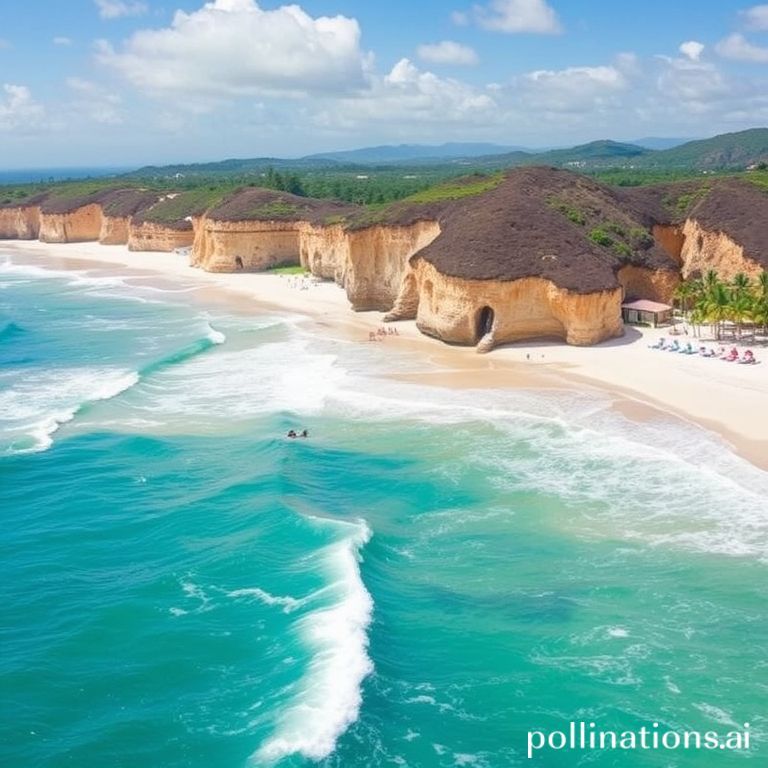Mexico’s Pacific Coast is a vibrant tapestry of stuing beaches, lush jungles, and charming colonial towns. From the bustling resorts of Puerto Vallarta to the laid-back surf towns of Oaxaca, there’s something for every traveler. But plaing your trip requires considering the best time to visit, as the weather and tourist crowds can significantly impact your experience. So, when is the ideal time to soak up the sun on Mexico’s Pacific paradise?
This guide will walk you through the seasons, highlighting the pros and cons of each, so you can make an informed decision and plan your dream vacation to the Mexican Pacific Coast. Whether you’re seeking thrilling water sports, peaceful relaxation, or cultural immersion, knowing the climate and tourist trends will ensure a memorable trip.
Understanding the Seasons on Mexico’s Pacific Coast
The Pacific Coast of Mexico generally experiences two main seasons: the dry season and the rainy season. Understanding the characteristics of each season is crucial for plaing your trip:
- Dry Season (November to May): This is the most popular time to visit, characterized by suy skies, low humidity, and pleasant temperatures.
- Rainy Season (June to October): Also known as the wet season, this period sees increased rainfall, higher humidity, and warmer temperatures. While some travelers avoid this time, it can offer unique advantages, such as fewer crowds and lush landscapes.
Detailed Breakdown by Month
Let’s take a closer look at each month to give you a better idea of what to expect on Mexico’s Pacific Coast:
November to February: Peak Season
These months offer the most comfortable weather, making it the peak tourist season. Expect daytime temperatures in the mid-70s to low 80s Fahrenheit (24-28°C) and very little rainfall. The evenings are pleasantly cool, ideal for dining al fresco. However, be prepared for higher prices and larger crowds, especially around the holidays.
- Pros: Perfect weather, clear skies, ideal for outdoor activities.
- Cons: Higher prices, larger crowds, booking in advance is essential.
March to May: Shoulder Season
As the peak season winds down, March to May offers a sweet spot with pleasant weather and fewer crowds than the winter months. Temperatures gradually increase, with daytime highs reaching the mid-80s to low 90s Fahrenheit (29-33°C). This is a great time for those seeking a balance between good weather and affordability.
- Pros: Pleasant weather, fewer crowds, slightly lower prices.
- Cons: Temperatures are starting to rise, potential for some humidity.
June to August: Hot and Humid
The rainy season begins in June, bringing increased humidity and warmer temperatures. Expect daytime highs in the low to mid-90s Fahrenheit (33-35°C) and afternoon showers. While the rain can be intense, it rarely lasts all day, and the landscapes become incredibly lush. This is an excellent time for budget travelers and those who don’t mind the heat and humidity.
- Pros: Lower prices, fewer crowds, lush scenery, sea turtle nesting season.
- Cons: High heat and humidity, afternoon showers, potential for hurricanes.
September to October: Hurricane Season
These months are the height of the hurricane season, with the highest risk of tropical storms and heavy rainfall. While hurricanes are not a certainty, it’s essential to be aware of the potential risks. However, this is also the quietest time of year, with the lowest prices and virtually no crowds. If you’re a risk-taker looking for a secluded getaway, this could be your time.
- Pros: Lowest prices, virtually no crowds, secluded beaches.
- Cons: Highest risk of hurricanes and heavy rainfall, many businesses may be closed.
Activities and the Best Time to Enjoy Them
Different activities are best enjoyed at different times of the year:
- Whale Watching: December to March is prime whale watching season in areas like Puerto Vallarta and Banderas Bay.
- Surfing: The rainy season (June to October) often brings the best swells for surfing, especially in Oaxaca.
- Snorkeling and Diving: The dry season (November to May) offers the clearest water conditions for underwater exploration.
- Sea Turtle Nesting: June to December is sea turtle nesting season, with opportunities to witness this incredible natural event in various locations along the coast.
Conclusion
The best time to visit Mexico’s Pacific Coast truly depends on your priorities. If you’re seeking perfect weather and don’t mind the crowds, the dry season (November to May) is your best bet. If you’re on a budget and enjoy lush landscapes, the rainy season (June to October) can offer a unique and rewarding experience. Ultimately, understanding the nuances of each season will help you plan a trip that perfectly suits your preferences and ensures an unforgettable adventure on the stuing Mexican Pacific Coast.
Ready to start plaing your Mexican adventure? Share this article with your travel buddies and let the plaing begin!
IMAGE: A vibrant, wide-angle shot of a suy beach on Mexico’s Pacific Coast. Turquoise water gently laps the golden sand. In the background, lush green palm trees sway in the breeze. The sky is a clear blue with a few fluffy white clouds. A couple of people are relaxing in beach chairs under an umbrella, and a few surfers are riding small waves in the distance. The overall mood is relaxed, peaceful, and inviting. The style is realistic and captures the natural beauty of the scene, with warm, bright lighting.


